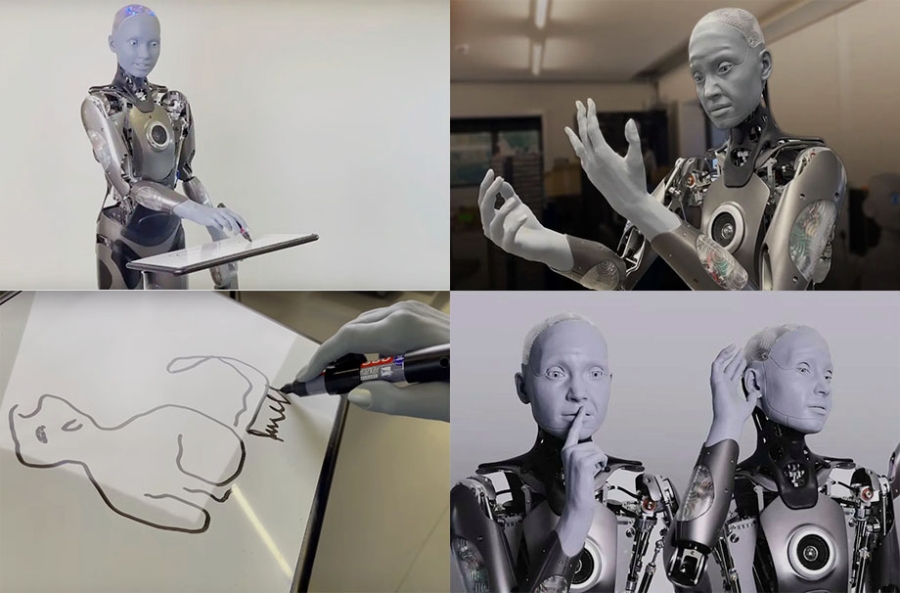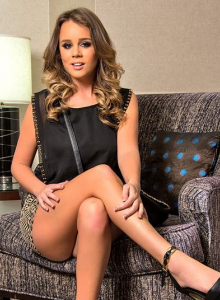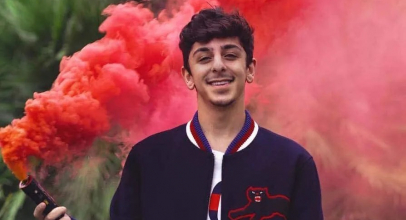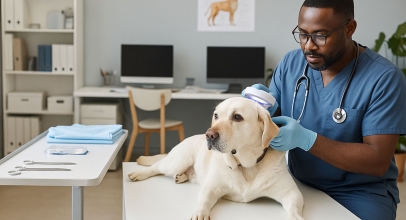The robot with the most advanced mimicry skills can now also draw. Engineered Arts is involved in designing and manufacturing humanoid robots and is responsible for creating Ameca. Previously, Engineered Arts showcased Ameca's remarkable ability to express various human emotions and respond meaningfully to questions in multiple languages. Now, the developer has endowed Ameca with the ability to create drawings.
Ameca, developed in 2021, is the most advanced humanoid robot serving as a platform for demonstrating future robotic technologies.
The robot boasts great freedom of movement and precision, thanks to its top-notch actuators. Moreover, its facial plate sets the standard for mimicking human expressions.
To communicate with people, it is equipped with microphones, cameras, and facial recognition software.
In April 2023, Engineered Arts updated its software, teaching the robot to work with GPT-4. However, this turned out to be not the best idea, as the machine became slower and less responsive. Now, researchers have used Stable Diffusion in the update to give Ameca the "ability to imagine drawing."
Stable Diffusion is a deep learning model for converting text into images, released by Stability AI in August 2022. Primarily used to generate detailed images based on textual descriptions, it can also perform tasks such as redrawing, coloring, and translating images into text descriptions.
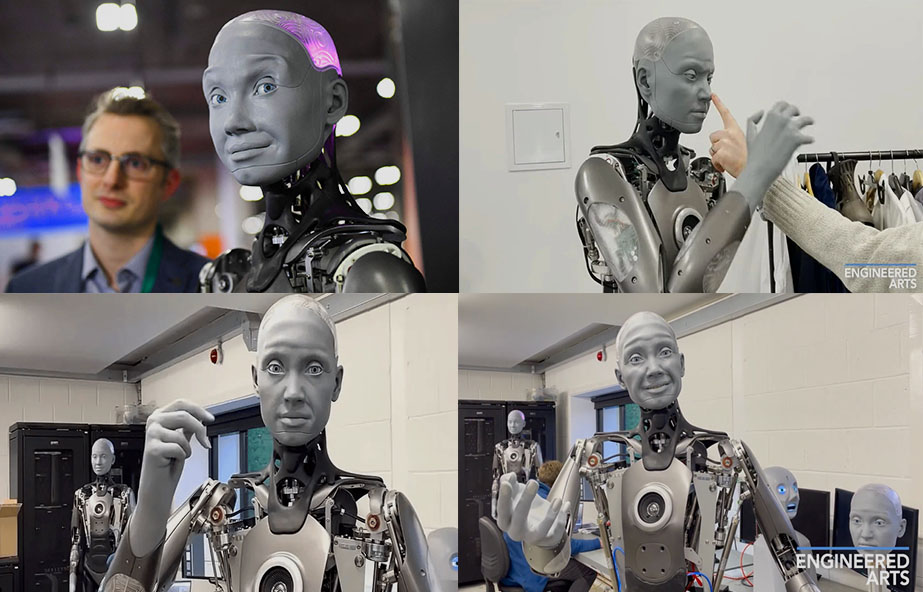
According to Engineered Arts, one of the challenges they faced was converting images into vector lines that Ameca could then draw. However, their main goal was to enable Ameca to draw quickly and make the process captivating to observe.
In a video posted by Engineered Arts, Ameca explains how she creates drawings: "I generate the image using the open-source neural network Stable Diffusion. So, I have an image of the drawing, and then I skeletonize and vectorize it. After that, I plan and execute the movement along the intended trajectory on my canvas."
Ameca was asked to draw a cat, but before proceeding, she shared that many people feel a strong attachment to cats, finding them cute, but might not fully comprehend the deeper reasons behind people's love for them. She then proceeded to draw a cat, which, honestly, turned out rather rudimentary.
Nonetheless, it was unmistakably a cat. Ameca even signed the drawing and asked if it was good. The engineer responded that it was schematic. The reply was straightforward: "If you don't like my art, you probably just don't understand it."
The fact that a humanoid robot like Ameca can be so expressive, speak multiple languages, and now even draw is truly impressive. However, the idea of Ameca hosting her own art exhibition in the near future seems far-fetched.
Nevertheless, this doesn't rule out the possibility of technological advancements in this direction in the foreseeable future.
It is believed that soon we might witness genuinely original works of art created by robots displayed in museums. Just imagine the incredible creations that machines with generative capabilities, akin to those of the Majority model, combined with the precision of movements demonstrated by Sunny in the movie "I, Robot," could produce.
The possibilities for the future seem boundless, and robots might not only be technological wonders but also serve as creative inspirations for the art world.
Explore a variety of robotic solutions on the pages of https://robotxworld.com/. Here, you can delve into the world of innovative robots, discovering unique features and functionality showcased on this virtual robotics portal.
Whether you're a curious beginner or a professional developer, this site offers comprehensive information on the latest advancements in robotics. Immerse yourself in the future with robots at RobotXWorld!

